The 5 most environmentally-friendly states in America — and the 5 least environmentally-friendly
States that top the list have clean air and water and get a large share of their energy from renewables
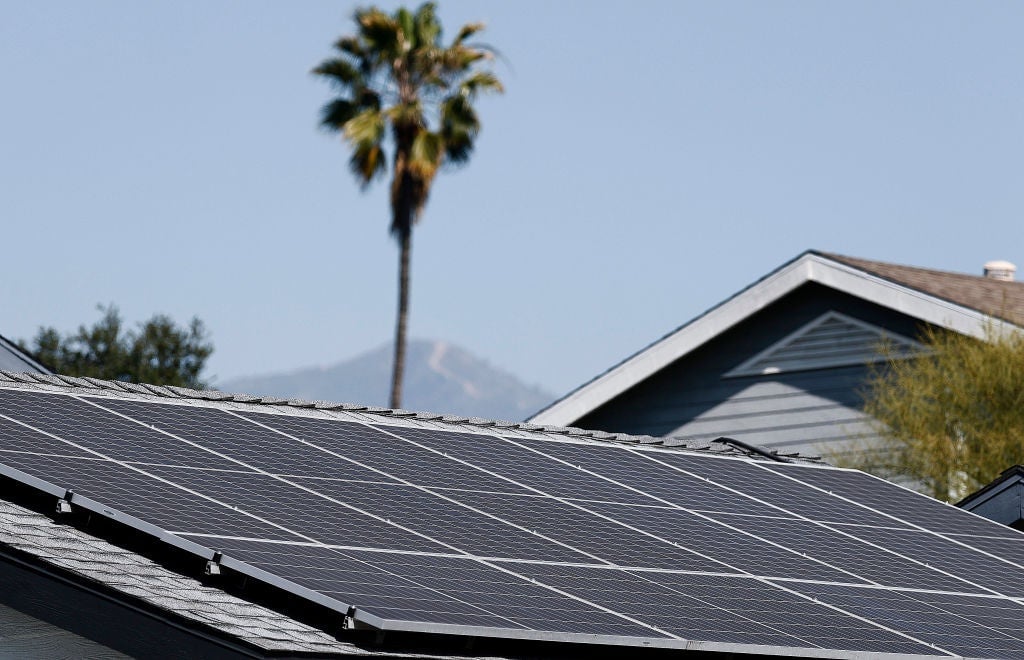
Going green isn’t just good for the planet — it’s smart for your wallet, too. In the U.S. alone, weather and climate disasters caused a staggering $182.7 billion in damage last year, and those costs are only projected to keep climbing. But not every state is working as hard to be environmentally friendly as others. In fact, some states are doing a pretty awful job at it.
WalletHub looked at the country’s most and least environmentally friendly states.
“It’s important for every American to do their part to support greener living and protect our environment,” said WalletHub analyst Chip Lupo. “However, it’s much easier being green in some states than others.”
“If a state doesn’t have a great infrastructure for alternative-fuel vehicles, it becomes much harder for residents to adopt that technology,” Lupo added. “Living in a green state is also very beneficial for the health of you and your family, as you benefit from better air, soil, and water quality.”
To make its determinations, WalletHub looked at a series of factors, such as air, water, and soil quality; the number of green buildings per capita; the share of renewable and non-renewable energy consumption; and daily water consumption.
Continue reading to see which states were ranked the “greenest” and the “least green.”
2 / 11
5th-least environmentally friendly: Mississippi
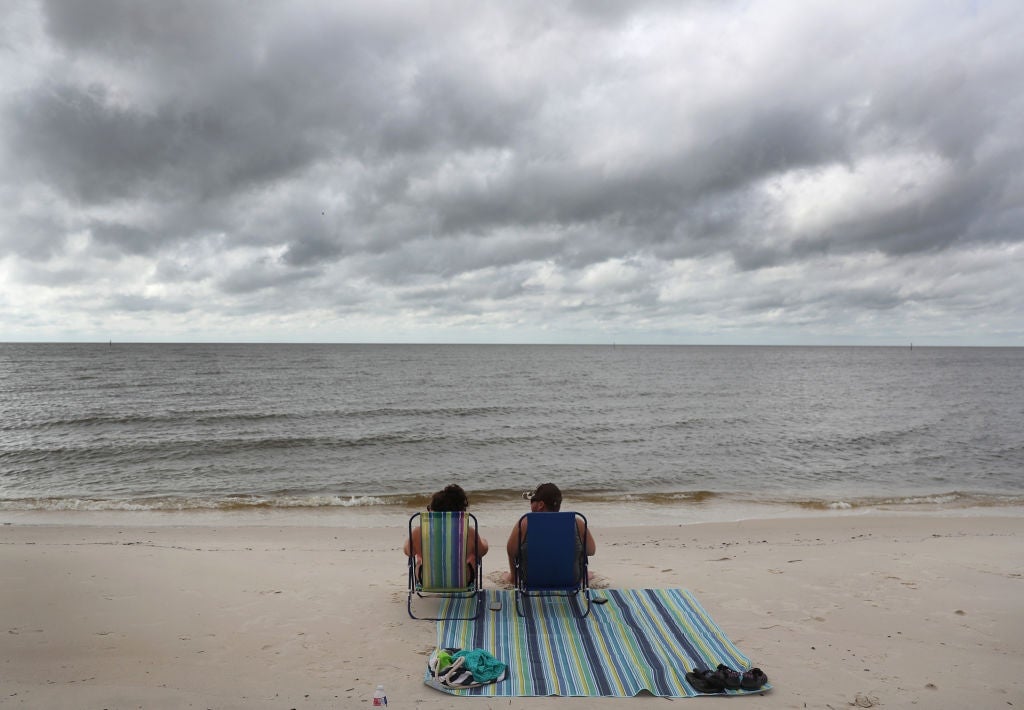
3 / 11
4th-least environmentally friendly: Alabama
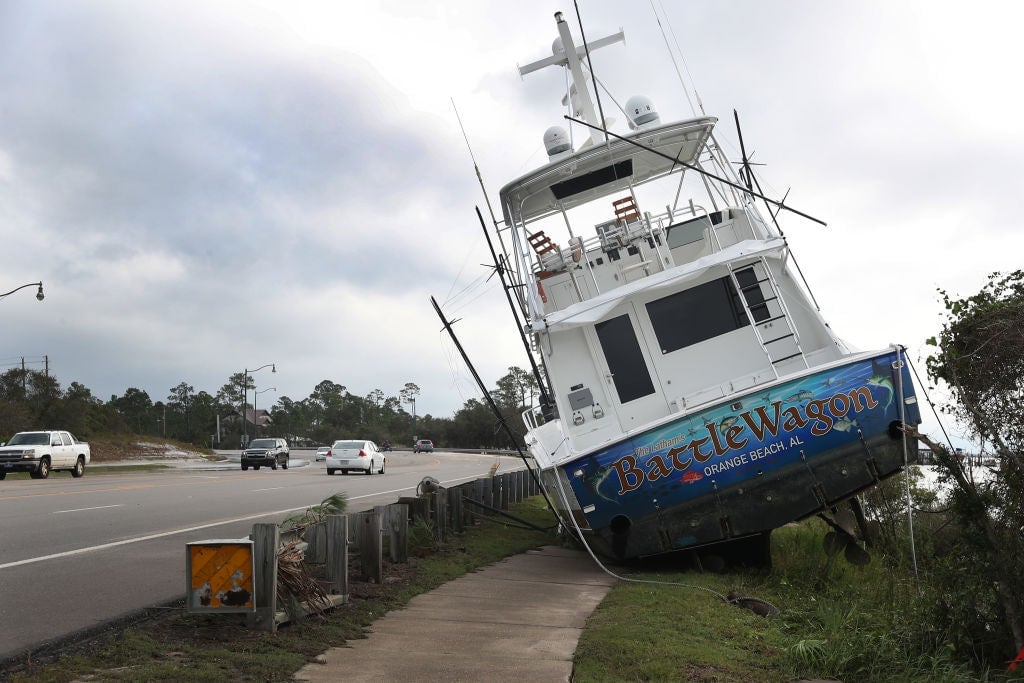
4 / 11
3rd-least environmentally friendly: Kentucky
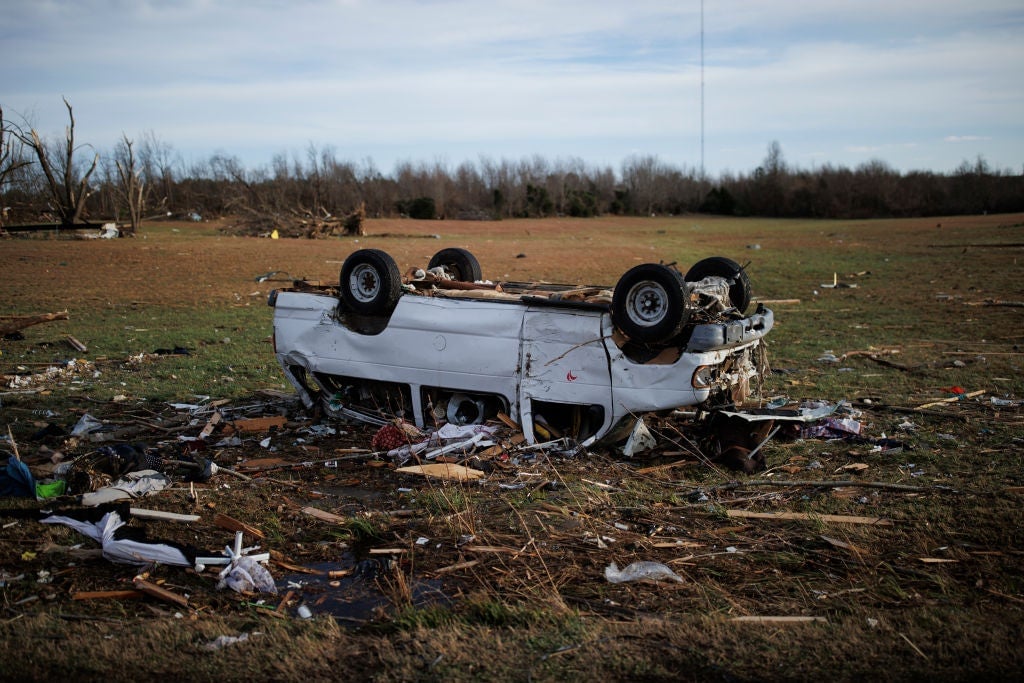
5 / 11
2nd-least environmentally friendly: Louisiana
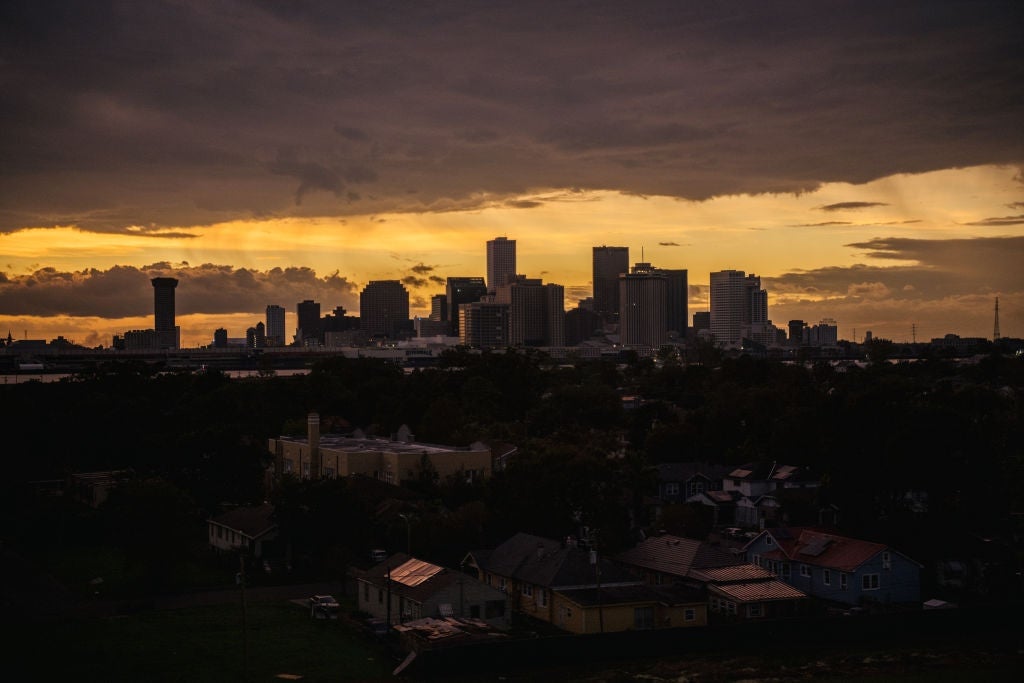
6 / 11
Least environmentally friendly: West Virginia
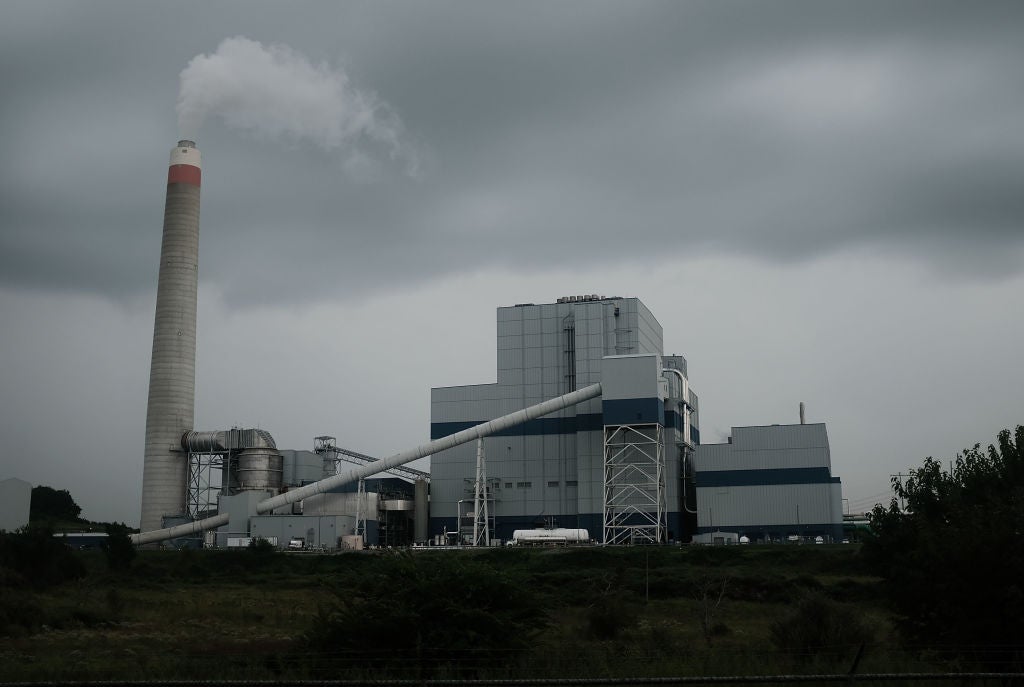
7 / 11
5th-most environmentally friendly: Maine

8 / 11
4th-most environmentally friendly: Maryland
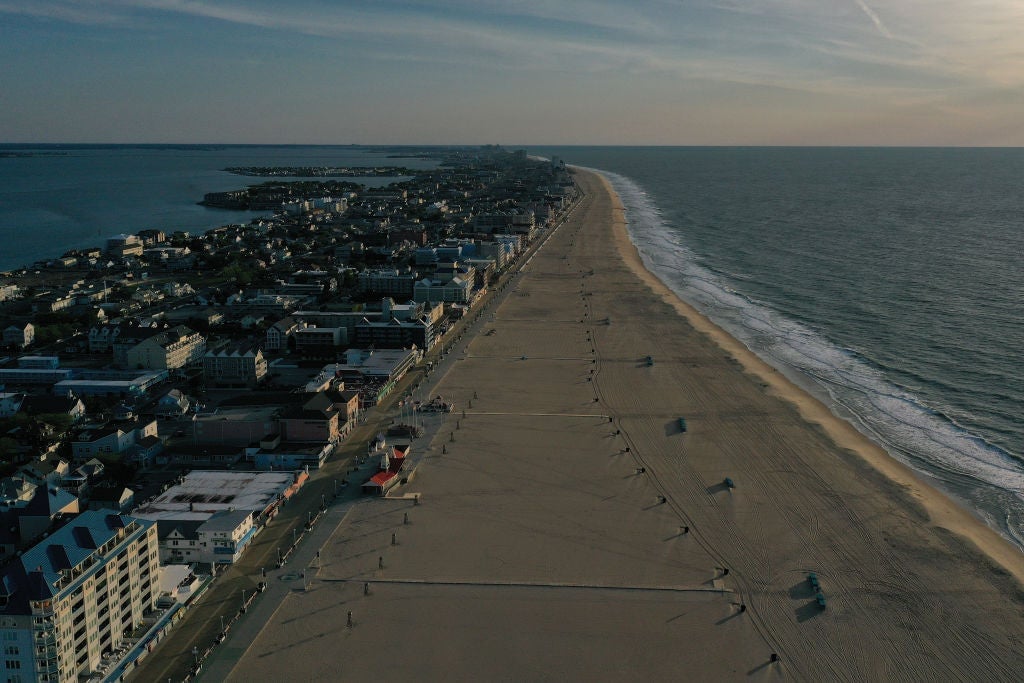
9 / 11
3rd-most environmentally friendly: New York
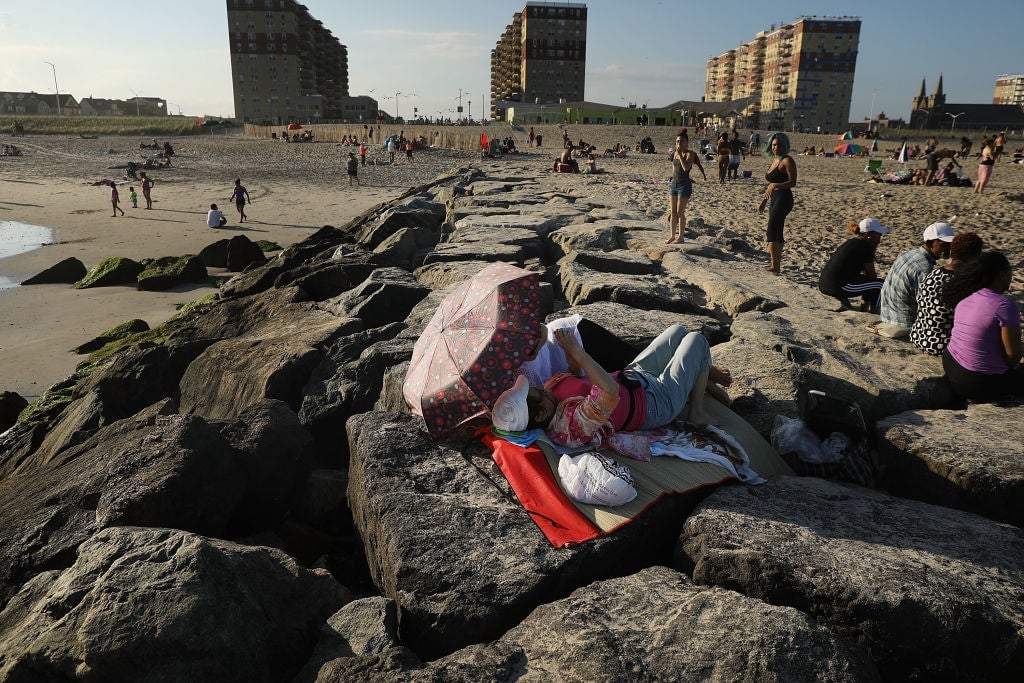
10 / 11
2nd-most environmentally friendly: Hawaii
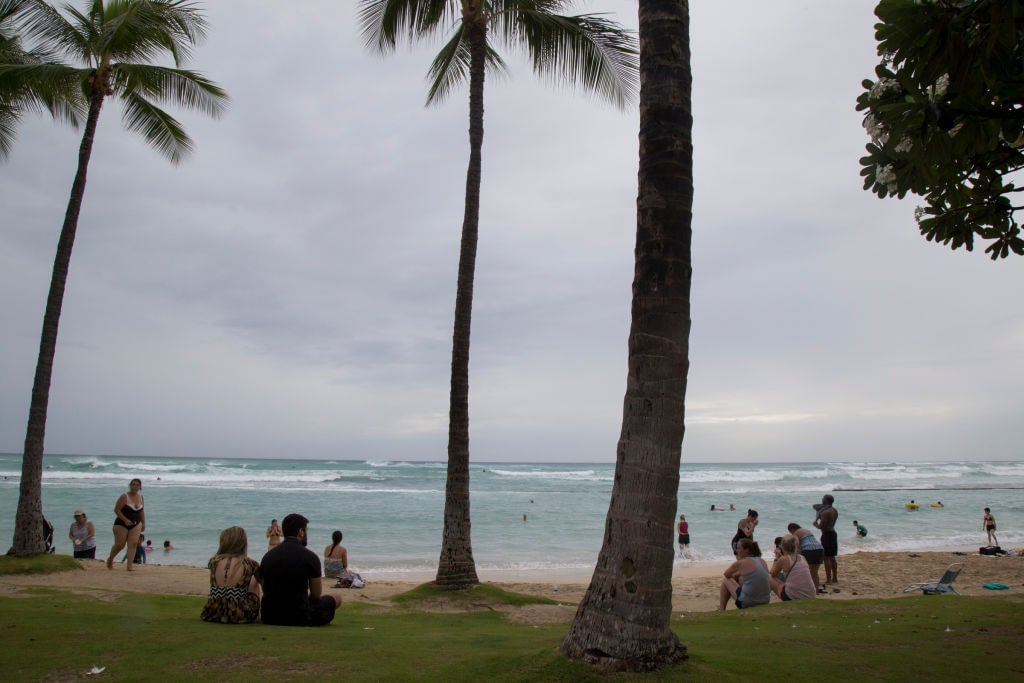
11 / 11
Most environmentally friendly: Vermont

